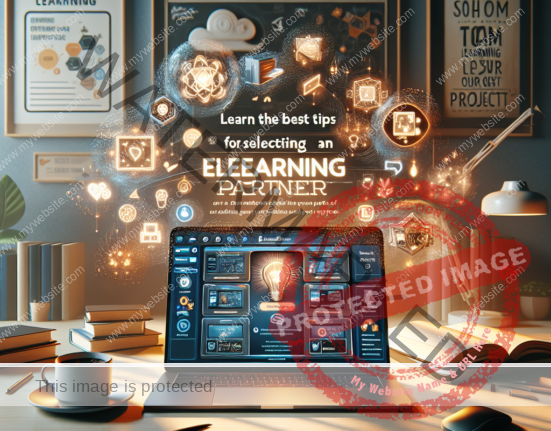The Emergence of Microlearning in eLearning Development
For those involved in crafting engaging and efficient learning experiences, adapting to the evolving educational landscape is paramount. The days of lengthy modules and overwhelming content are fading, especially in today’s fast-paced world. Enter microlearning, the hero of modern learning!
Microlearning acts as a superhero in the learning realm by delivering bite-sized bursts of information that are not only easy to consume but also highly impactful. Picture mastering a new software feature through a quick 5-minute video instead of enduring a lengthy 2-hour lecture. The efficiency and effectiveness of microlearning are unmatched!
One of the prime perks of microlearning is its accessibility in our mobile-centric society. These modules are available anytime, anywhere, making them ideal for on-the-spot learning. Require a swift review of a topic before beginning a task? Microlearning has your back.
Furthermore, the interactive components, gamification aspects, and multimedia formats incorporated in microlearning make the learning journey immersive and engaging. No more dull lectures or passive learners – microlearning ensures active participation and sustained motivation.
In essence, microlearning is a game-changer in the eLearning domain. It caters to our diminishing attention spans while revolutionizing our learning and development strategies. By incorporating microlearning into your eLearning design, you guarantee enhanced knowledge retention and skill development among learners.
Designing Impactful Microlearning Modules
Crafting impactful microlearning modules demands a strategic approach to maximize their effectiveness. Here are some essential tips to consider when creating microlearning experiences:
-
Clear Objectives: Establish precise learning objectives for each module to outline the specific knowledge or skills learners will acquire.
-
Concise Content: Keep content brief and relevant, focusing on vital information that directly supports the learning objective.
-
Visual Appeal Matters: Employ captivating graphics, animations, and multimedia to facilitate comprehension and bolster retention among learners.
-
Assessment Inclusion: Integrate quick quizzes and knowledge checks to reinforce learning and pinpoint knowledge gaps.
-
Personalized Learning: Explore providing tailored learning paths or modules that cater to diverse learner profiles for a customized learning experience.
- Feedback Mechanisms: Deploy instant feedback systems to assist learners in tracking their progress and identifying areas for improvement.
By integrating these instructional design principles into your microlearning modules, you can ensure that the content not only captivates but also leaves a lasting impact on your audience.
The Future is Micro: Embracing Innovation in eLearning
Amid the ever-changing educational landscape, embracing innovative methods like microlearning is crucial for sustaining learner engagement and empowerment. Through the use of bite-sized content, interactive elements, and mobile adaptability, microlearning provides a winning formula for fostering knowledge retention and skill growth.
If you are eager to unlock the full potential of microlearning and revolutionize your training strategy, I highly recommend exploring the eBook linked below. It serves as a valuable resource to assist you in effectively integrating microlearning into your learning approach.
If you want to delve deeper into this topic, you can find the source here.
















